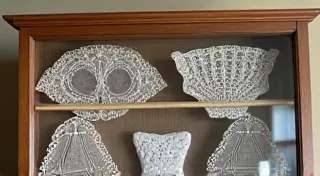Collecting Bobbin Lace: Building a Valuable Collection
Bobbin lace, with its intricate patterns and rich history, has captivated collectors for decades. More than just beautiful textiles, antique bobbin lace represents hours of skilled craftsmanship and provides a tangible link to the past. This article will guide you through the exciting world of collecting bobbin lace, offering insights into rarity, condition, authentication, and ultimately, building a valuable and cherished collection.
Understanding Bobbin Lace: A Brief Overview
Before diving into the collecting aspects, it’s crucial to understand what defines bobbin lace. Unlike needle lace (made with a single needle), bobbin lace is created by twisting and knotting numerous threads wound on bobbins. This technique allows for more complex and larger-scale designs, often featuring detailed motifs. Different regions developed distinct styles, including those from Belgium, France, Italy, and England, each boasting unique characteristics in pattern, color, and technique. Understanding the history of these tools is also key to appreciating the process – a journey explored in more detail in Bobbin Lace Tools: Evolution and Identification.
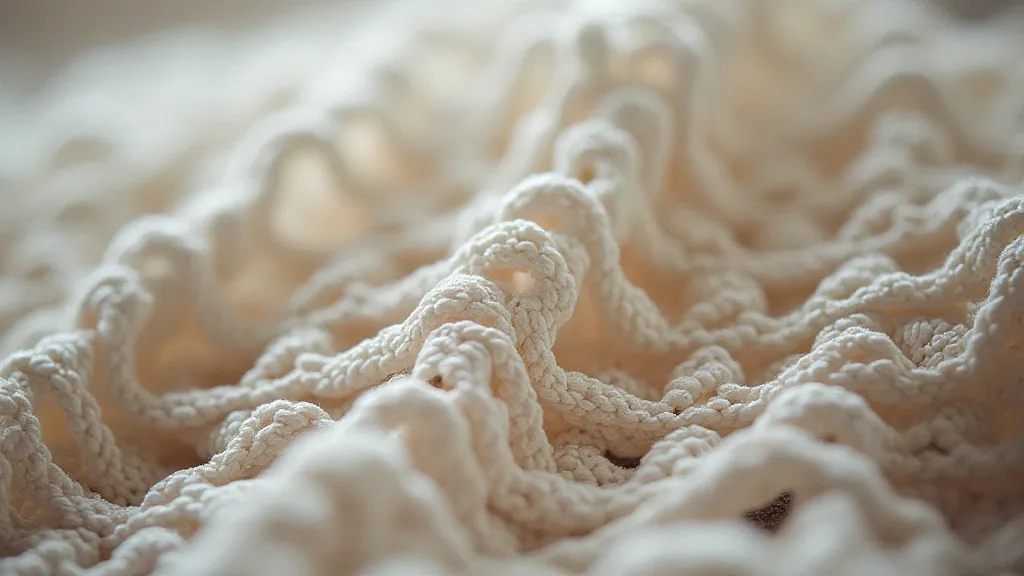
Factors Influencing Value & Rarity
Several factors contribute to the value and desirability of antique bobbin lace. Here’s a breakdown of the most important:
- Origin & Region: Lace from specific regions known for their exceptional craftsmanship (e.g., Flanders, Italy) generally commands higher prices. Identifying the origin can be challenging, requiring a thorough examination of the style, stitch, and materials. The raw materials themselves, particularly the thread, tell their own stories; learn more about Identifying Bobbin Lace Thread: Linen, Silk, and Cotton.
- Age: While dating antique lace precisely can be difficult, older pieces are generally more valuable, assuming they are in good condition. Early examples (17th and 18th centuries) are particularly prized.
- Design & Complexity: Intricate, detailed designs demonstrating a high level of skill are significantly more valuable than simpler, more common patterns. The sheer artistry involved often surpasses simple decoration; it's a testament to generations of learned techniques.
- Materials: The type of thread used also influences value. Early bobbin lace was often made with linen or silk. Silk lace, especially in good condition, is highly sought after. Understanding the distinction between these materials is critical; it's helpful to research how bobbin lace differs from Distinguishing Bobbin Lace from Needle Lace to fully appreciate the unique qualities of the bobbin technique.
- Size: Larger pieces, especially those that are complete and intact, are often more valuable than smaller scraps.
Condition is paramount when assessing the value of any antique textile, and bobbin lace is no exception. Here’s what to look for:
- Damage: Look for tears, holes, stains, fading, and weakening of the thread. While minor imperfections are expected, significant damage drastically reduces value. The fragility of the thread often depends on the material used, and knowing the basics of thread identification can help you predict its vulnerability to damage.
- Repairs: Evidence of repairs can impact value, although well-executed repairs done historically may be less detrimental than modern repairs. The skill of the original lacemakers shines through even in the subtle variations in thread and structure. Recognizing historical repair techniques adds another layer of understanding to your collection.
- Cleanliness: While cleaning antique lace is risky and best left to professionals, a relatively clean piece will be more desirable than a heavily soiled one. Understanding the delicate nature of these textiles is crucial before attempting any cleaning.
- Originality: Authenticity is vital. Check for any evidence of modern alteration or addition. Understanding how these delicate works reflected the civilizations that produced them is a rich field of study, and hints at the ephemeral nature of these treasures. The way they arose and subsequently faded from prominence speaks volumes – something further explored in Ephemeral Threads: How Bobbin Lace Echoes the Rise and Fall of Empires.
Authenticating Bobbin Lace
Authenticating antique bobbin lace can be tricky, even for experienced collectors. Here are some things to consider:
- Research: Become familiar with the characteristics of different regional styles. Reference books and online resources are invaluable. Learning to differentiate between various regional patterns and techniques is essential.
- Thread Analysis: Microscopic examination of the thread can sometimes reveal its composition and potentially its age.
- Stitch Analysis: Analyzing the stitch patterns and techniques used can help to determine the origin and age of the lace.
- Expert Opinion: Consulting with a recognized expert in antique lace is the best way to confirm authenticity. More than just physical characteristics, authentic pieces possess a kind of silent dialogue; they speak to the hands that created them, a testament to a fading craft. Discover more about this intangible connection in The Silent Dialogue: Bobbin Lace as a Language of Lost Hands.
Collecting bobbin lace is a rewarding journey that combines passion, research, and a keen eye for detail. Start by focusing on a particular region or style that interests you. Attend auctions, visit antique shops, and network with other collectors. The dedication and patience required mirror the painstaking efforts of the lacemakers themselves. Remember that preserving your collection is just as important as acquiring it. Store your lace carefully, away from light and moisture, and handle it with extreme care. It’s a responsibility to safeguard these delicate links to the past for future generations.
Beyond the practical considerations of storage and handling, consider the narrative power of your collection. Each piece tells a story – a story of skill, perseverance, and cultural significance. A well-curated collection isn’t just a collection of beautiful objects; it’s a window into a different time, a tangible representation of history brought to life. Think about the social and economic factors that influenced lace production; the guilds, the trade routes, the evolving tastes of the elite. Understanding these broader contexts will deepen your appreciation for each piece and enrich your collecting journey.
Furthermore, the study of bobbin lace reveals fascinating insights into the history of women and work. Traditionally, lace-making was a cottage industry, often providing a crucial source of income for women and families. Examining the economic and social role of women in lace production provides a unique perspective on historical power dynamics and gender roles. This historical context adds another layer of meaning to your collection, transforming it from a purely aesthetic pursuit into a form of historical inquiry. The artistry itself is often imbued with the stories of those who painstakingly created it, representing a tradition passed down through generations, predominantly by women.
The process of creating bobbin lace was more than just a craft; it was often a vital part of the economic and social fabric of communities. Families relied on the income generated from lace-making, and the skills were often passed down through generations, predominantly among women. Recognizing the historical context of lace production allows us to appreciate not only the beauty of the finished product but also the stories of the people who created it.
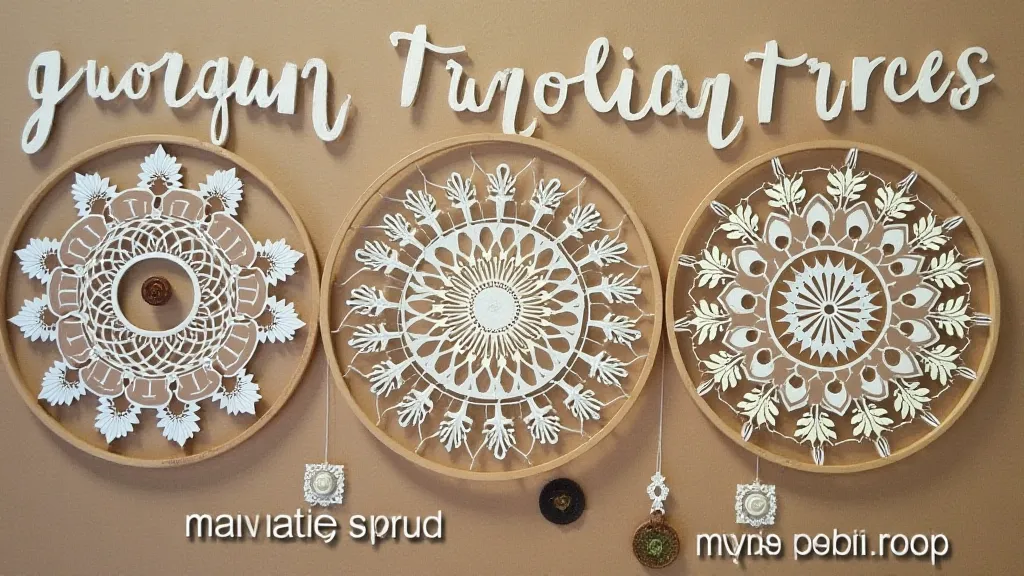
To truly appreciate your collection, consider sharing your knowledge and passion with others. Organize small exhibitions, write articles for local publications, or simply engage in conversations with fellow enthusiasts. Sharing your collection not only deepens your own understanding but also inspires others to appreciate the beauty and historical significance of bobbin lace. The legacy of these skilled artisans deserves to be celebrated and preserved for generations to come. Recognizing the fragile nature of these historical artifacts encourages a deeper appreciation for the preservation efforts required to safeguard them for future generations.
Moreover, the examination of antique bobbin lace offers a profound connection to the past, allowing us to glimpse into the lives and skills of generations past. The intricate details of the lace often reflect the cultural and artistic influences of the time, providing valuable insights into historical trends and traditions. Studying the patterns, materials, and techniques used in bobbin lace production can reveal a wealth of information about the societies that created them.
Finally, the acquisition and preservation of bobbin lace collections contribute to the broader effort of preserving cultural heritage. By collecting and studying these historical artifacts, we can ensure that their stories continue to be told for generations to come. Recognizing the significance of these collections underscores the importance of supporting institutions and organizations dedicated to the preservation and study of cultural heritage.
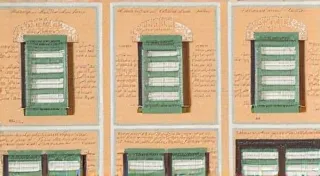
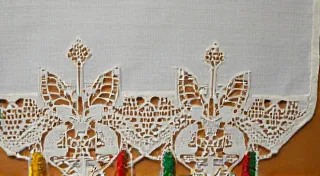
![The Influence of [Specific Cultural Element] on Bobbin Lace Design](/thumbs/bobbin-lace-cultural-influence.webp)

